Lawyers with strong personal brands stand for something. And for those with the strongest brands, “something” means one thing. They are master craftsmen, rather than jacks of all trades.
The jack of all trades lawyer is busy, bouncing from project to project, learning a little about a lot. Clients think of a jack of all trades when price is a primary consideration. The master craftsman lawyer is also busy, but focused. She knows a lot about a little and is able to charge a price premium as a result.
The objective of becoming a lawyer with a strong personal brand is to make it clear to the market the precise types of problems that the well-branded lawyer can solve. A strong personal brand allows a lawyer to transform from hunter to hunted. Clients seek her out because her value proposition is clear and has been validated through her experience, reputation, thought leadership and the word of mouth of others she’s worked with and against. She knows – and the market knows – what she does, how she does it, and for whom. Success follows.
THE CLARITY PARADOX
It’s important to keep in mind, however, that there is no permanence to one’s status as a master craftsman. Disciplined lawyers with strong personal brands who establish narrow practices are at risk of becoming victims of their own success, and slipping back into the generalist trap. In his excellent book, Essentialism (which contains innumerable invaluable lessons for lawyers), Greg McKeown discusses the danger of “the clarity paradox,” which he explains has four phases:
Phase 1: When we really have clarity of purpose, it leads to success.
Phase 2: When we have success, it leads to more options and opportunities.
Phase 3: When we have increased options and opportunities, it leads to diffused efforts.
Phase 4: Diffused efforts undermine the very clarity that led to our success in the first place.
McKeown sums up his point as follows: “Curiously, and overstating the point in order to make it, success is a catalyst for failure.”
McKeown points out that Jim Collins, in his book How the Mighty Fall, argues along the same lines that one of the reasons companies fail is due to “the undisciplined pursuit of more.”
The undisciplined pursuit of more is something that afflicts both successful lawyers with strong personal brands, as well as those struggling to break through. A successful lawyer is frequently presented with new opportunities, and can sabotage her success by spreading herself too thin. Similarly, a lawyer who is struggling to gain traction often goes down several different paths in an effort to gain momentum.
The bottom-line: When it comes to becoming a lawyer with a strong personal brand and engaging in business development, it’s easy to do too many things, and as a result not do any of them particularly well.
WHEN TO SAY YES AND WHEN TO SAY NO
Every lawyer is encircled by an ecosystem of activity and opportunity. The challenge we all face, therefore, is: When to say yes and when to say no?
The short answer is to almost always say no. As a lawyer, time is your most valuable (and most nonrenewable) asset. You must guard it selfishly and vigorously. Each decision and each new pursuit must have a high likelihood of advancing your clearly defined objectives. Just because it’s a speaking opportunity doesn’t mean it’s the rightspeaking opportunity.
A problem that I often see, particularly among those struggling to gain traction with business development, is the pursuit of shiny objects. A shiny object is a call out of the blue from a new prospective client. It’s a request for a service that is not core to the lawyer’s offerings or expertise. The lawyer mistakes this market anecdote for a broader market opportunity, and expands his service offerings as a result. Instead of narrowing his practice, he expands it. This undisciplined pursuit of more leads to diffused efforts and lackluster results.
A better approach – indeed, the only approach of lawyers with strong personal brands – is to spend more time on less initiatives until existing initiatives are operating at full potential, or at least until it becomes clear that an existing initiative lacks potential. If something’s working, go all in on it. If it’s not, drop it. Then, and only then, move on to the next thing.

